Home » Precision Optics » Thin Film Coatings for Precision Optics
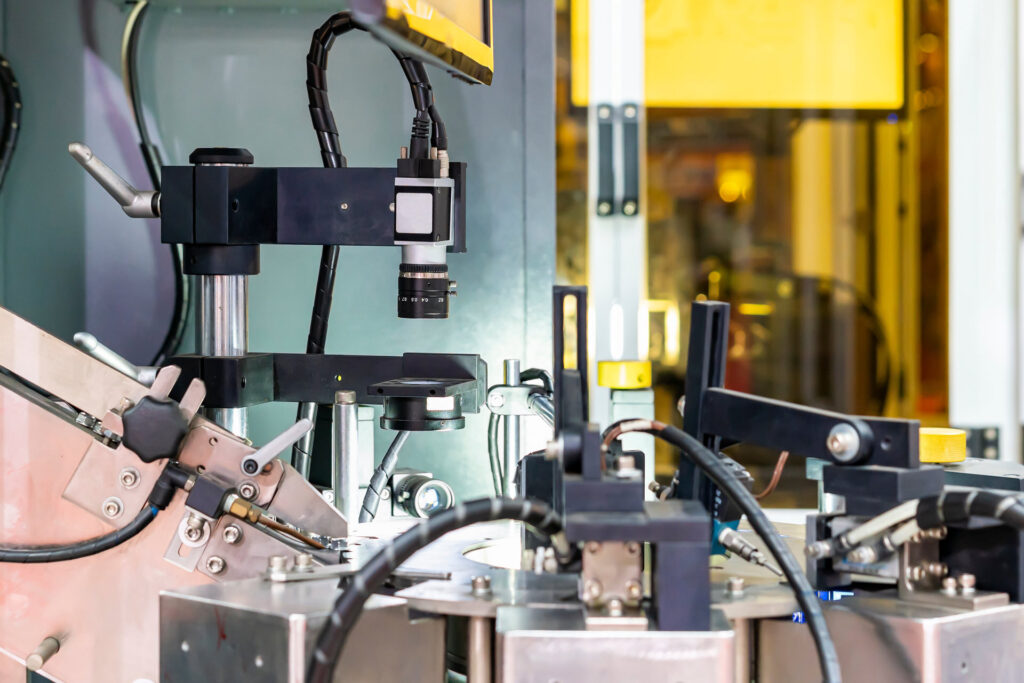
Blue Ridge Optics offers thin film coatings for a wide range of applications. From Dielectric Coatings to Conductive (ITO) coatings, our precision optical lens are designed for the most sophisticated scientific and industrial applications.
We specialize in thin film coatings for optics used in advanced laser systems.
Our coating capabilities are as follows:
Below we will list all the thin film coatings we regularly deploy for our clients.
Antireflection Coatings
Antireflection coatings (also referred to as “AR” or “ARC” coatings) are applied to the surface of optical components to reduce reflection. For many advanced optical applications, AR coatings are essential to eliminate light loss.
In laser applications, antireflection coatings boost system throughput and reduce reflection by preventing light from traveling backward to create“ghost images.” Backwards reflections disrupt laser applications, making them unstable by allowing light to enter the laser cavity.
High-Reflective Coatings
High-reflective coatings—also referred to as mirror coatings or HR coatings—increase the surface reflectance of optical components, creating a mirror that reflects all (or nearly all) of the light within a specified wavelength.
When your laser application demands that you minimize loss in the reflection of lasers and other light sources, Blue Ridge Optics mirror coatings offer a solution. Reflection of lasers can produce absorption and scatter, leading to diminished throughput and potentially damaging your system.
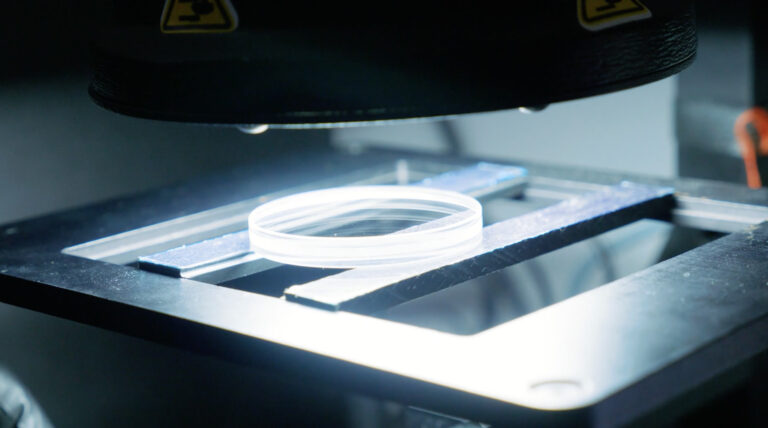
Dielectric Coatings
Our thin film coating technologies deposit layers of transparent dielectric materials onto optical substrates in a vacuum chamber in order to change the optical characteristics of a component for various applications.
The difference between metallic and dielectric coating comes down to their thickness. Dielectric coatings typically are measured in submicrons, making them especially well-suited for advanced laser applications. They are much more resistant to damage than your typical optical mirror.
Enhanced Metal Coatings
Metal coatings applied to optical substrates are quite delicate. They usually require a protective or enhanced metal coating to allow for their handling and cleaning. Blue Ridge specializes in the application of these enhanced metal coatings.
Applying dielectric overcoats to the surface of a metallic mirror enables you to handle your optical component, as well as increasing the component’s durability, and protecting it against oxidation. As stated above, Blue Ridge also applies dielectric layers to enhance the reflectance of your optic.
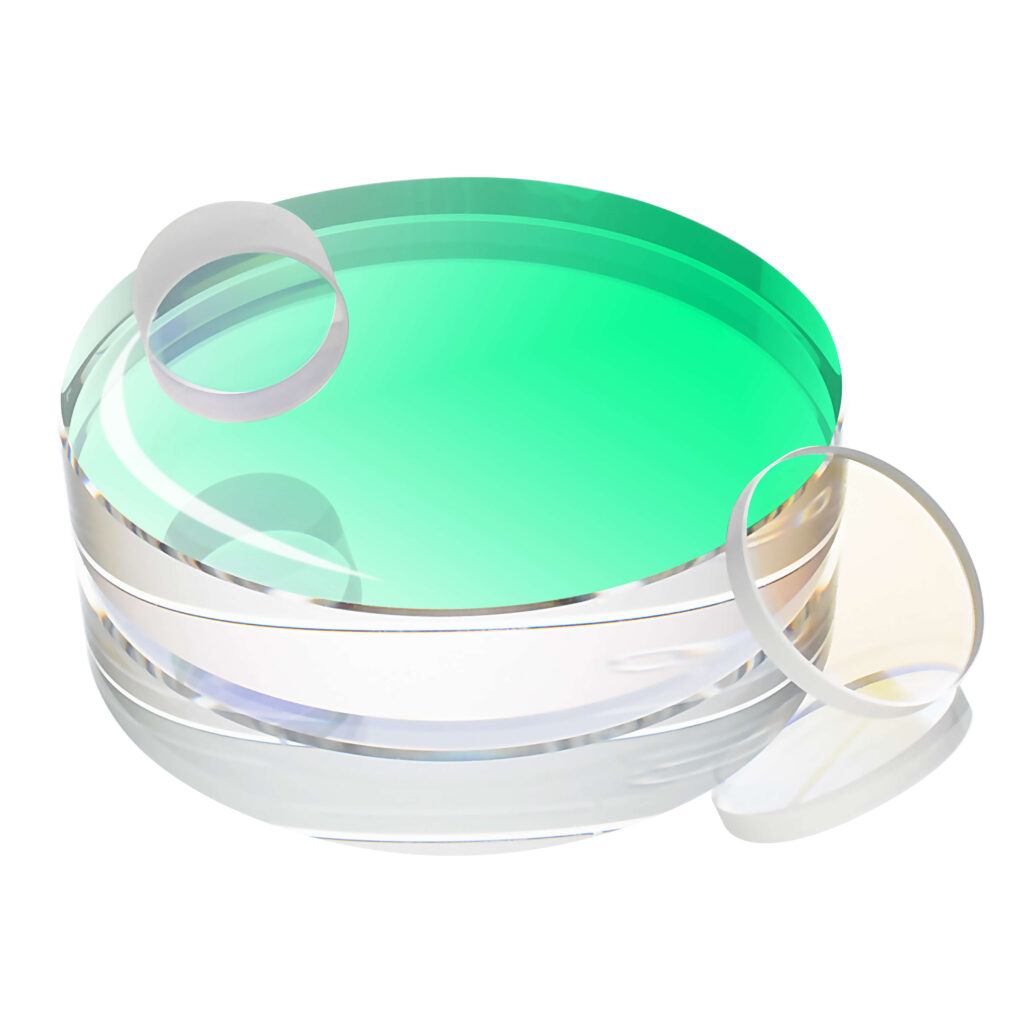
Partial Reflector Coatings
Partially-reflective coatings are applied to optical substrates. They are used as output couplers or as beam splitters in advanced laser applications, which require precision in changing the direction of a laser or light source.
These coatings are, as the name indicates, applied to the optical components of partial reflectors. Partial reflectors are used in laser cavities or on the outside of a laser system to split a beam. Coatings can be specified for normal incidence inside the laser cavity, or at a 45° angle on the outside of a system.
Low Loss and Low Absorption Coatings
Low loss and low absorption coatings are techniques for reducing the light loss and light absorption in optical components. Using specialized coating techniques, low absorption/low loss mirrors and other components are regularly used in advanced laser applications.
Deploying a low loss or low absorption coating minimizes scatter across the dielectric layers of an optical substrate. Blue Ridge Optics has decades of experience developing these unique coatings for our clients.
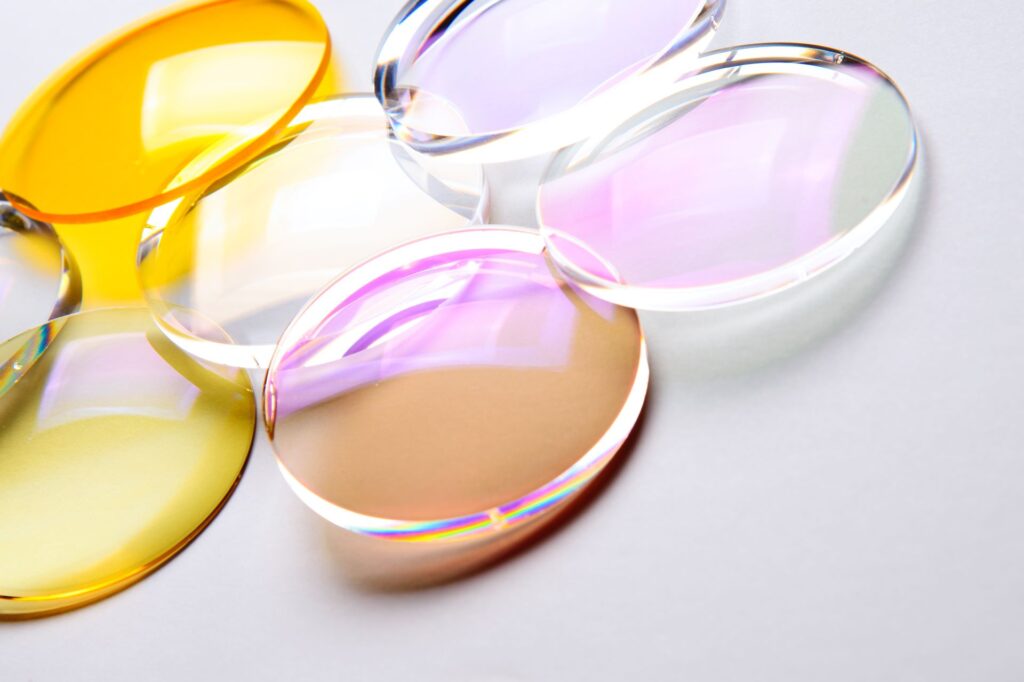
ITO (Conductive) Coatings for Precision Optics
Indium-Tin-Oxide (ITO) Coatings—also known as Conductive and Transparent Coatings—is a popular material for thin film optics due to its electrically conductive and optically transparent properties.
ITO coatings are used in a number of industrial applications from electrical heating to solar cell panels to the elimination of static. When it comes to laser systems, ITO coatings play an important role in allowing light to pass through a system. This coating is perfect for applications with high-optical absorption.
Blue Ridge Optics supplies many companies with optical components that are used in their assemblies and systems. As an OEM company, many organizations have come to rely on us for the best in optical engineering and coatings. They are well aware of our
quality assurance and compliance protocols.
The optical coatings listed above give a general overview of our capabilities, but where we really stand out is in our ability to create custom coatings for an abundance of advanced laser applications. If you need specialized coatings for the components in your advanced laser system, we have the solution for you.
Blue Ridge Optics’ proprietary thin film coatings have been used in the world’s most advanced and powerful laser systems. We design optical coatings using our own unique formulas or from materials furnished by our customers.
With our strong emphasis on research and development, and our close ties to the latest techniques, innovations, and studies related to optical coatings for laser applications, we are always evolving to meet our customers’ thin film coating needs.
Our thin film coating deposition chambers come equipped with the industry’s latest and most sophisticated vacuum and monitoring technologies. We employ both optical and crystal monitoring to ensure consistent and repeatable measurements throughout the deposition process.
Blue Ridge often deploys Advanced Plasma Sputtering (APS) when we need to fulfill high volume orders for our clients. APS is efficient, while still making for a dense and accurate thin film deposition.
With a quality similar to IBS (Ion Beam Sputtering), APS has the high throughput capabilities common to evaporative deposition techniques. At Blue Ridge, our APS deposition process can produce complex optical components with well over 200 layers, without sacrificing precision, optical density, and transmission.
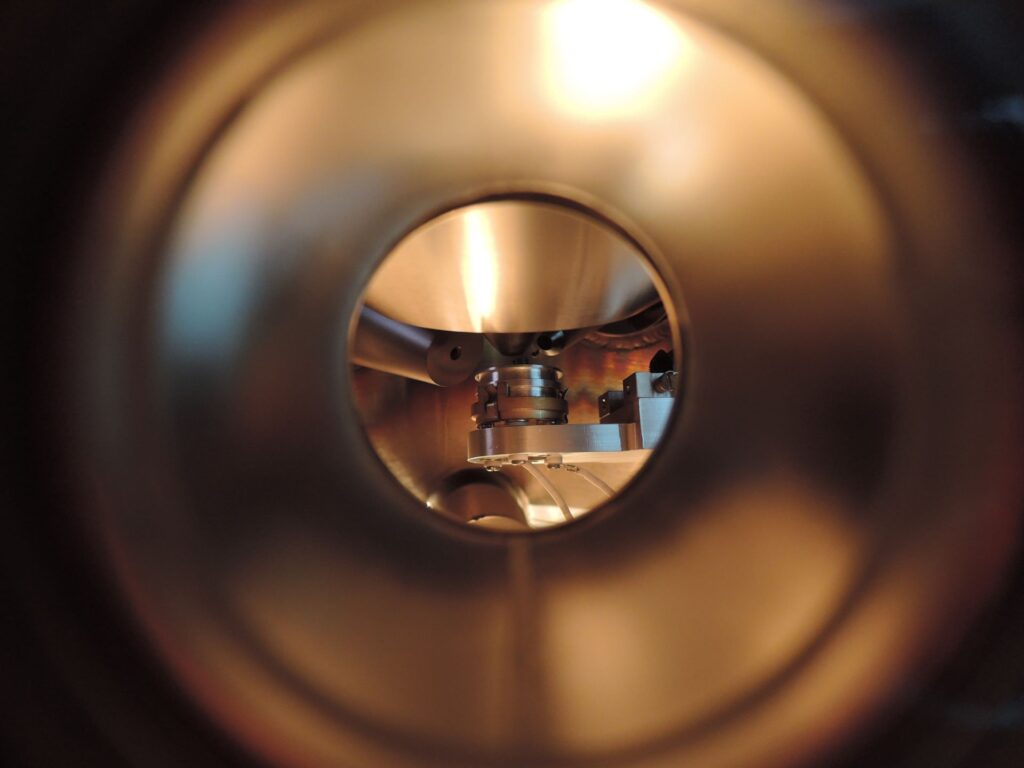
Electron Beam Deposition (or E-beam vapor deposition) attacks the source material of your optic with electron beams. Placed in a vacuum chamber, the electron beams quickly evaporate the materials, depositing them on your component.
The thin film coatings that result from Electron Beam Deposition have low strain, which allows them to be applied to an expansive variety of component materials and geometric shapes. Electron Beam Deposition is especially useful in the development, design, and manufacture of custom-shaped optics.
Similar to traditional electron beam deposition, Ion-Assisted Electron-Beam Deposition (IAD E-Beam) blasts your substrate with a beam of accelerated electrons from an ion gun to increase the energy of deposited atoms.
With Ion-Assisted Electron Beam Deposition, the higher mobility of electrons creates a denser film on your optical substrate. At the same time, it also elevates stress on the optic. The decision regarding whether to use Ion-Assisted or conventional Electron Beam Deposition depends entirely upon your application.
In addition to the deposition processes mentioned above, Blue Ridge also uses thermal resistance. Whatever the case may be, selecting the best process of deposition is essential to successful thin film coating.
Applying the multilayers of thin film coatings that make an optic work in an advanced laser system requires that you do business with a company with experience in both custom coatings and high-volume “standard” orders.